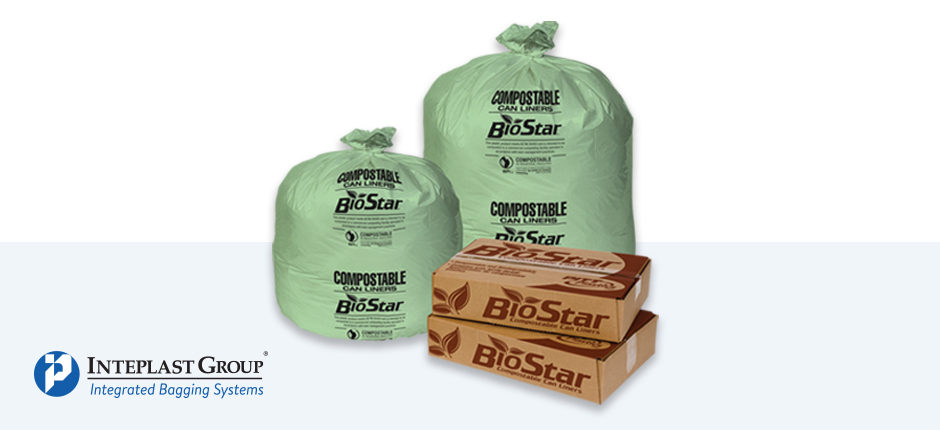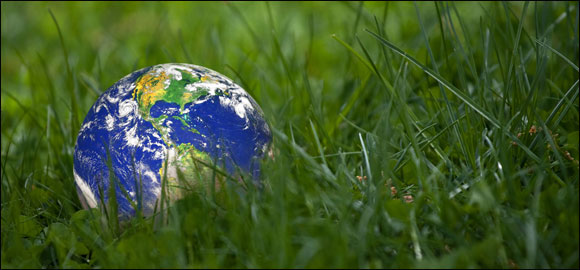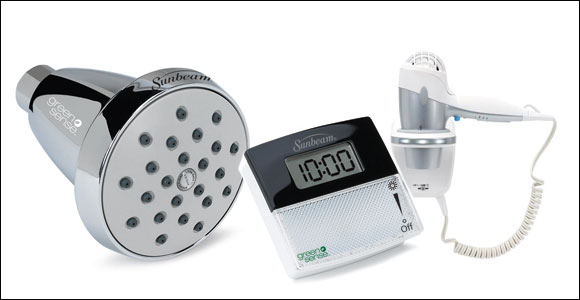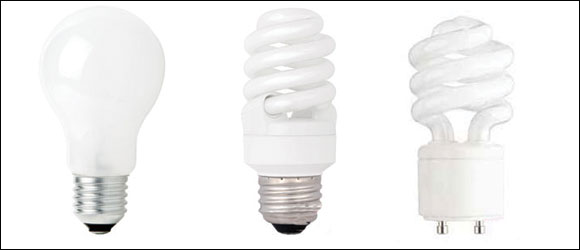You’ve likely seen the headlines. Last month Marriott International announced that it’s moving away from single-use bath amenities in its hotel properties around the world. Since these plastic bottles of shampoo, conditioner, and bath gel often end up in landfills, Marriott instead will equip its guest baths with larger, pump-topped bottles – also known as bulk dispensers.
It’s big news in our industry for a couple of reasons: First, according to the company’s August 28 announcement, this environmental stance is expected to prevent about 500 million tiny bottles annually from going to landfills. That’s about 1.7 million pounds of plastic, a 30 percent annual reduction from the iconic brand’s current amenity plastic usage. Secondly, Marriott’s not the only hospitality leader to launch bold sustainability plans.
Building on environmental momentum
In fact, IHG® (InterContinental Hotels Group) made a similar pledge earlier this summer. IHG will switch to bulk-size bathroom amenities in all of its properties by the end of 2021. And earlier in the summer, the Radisson Hotel Group™ introduced a series of environmentally and socially responsible initiatives at its beachfront resorts in Asia.
Radisson’s steps included replacing plastic straws as well as plastic bottles. Marriott began phasing out disposable plastic straws and stirrers in its properties last year, and IHG promises to remove plastic straws from its hotels by the end of 2019. Hilton has also made paper straws a brand standard in its properties.
“As a product supplier to Marriott, IHG and Hilton, we absolutely support and celebrate these major initiatives,” said Deidre Schwartz, Director of Design & Sustainability at American Hotel. “But we also view their announcements as a call to action to the industry as a whole. For us, that means strengthening our ability to identify and offer more environmentally responsible products to help our customers be true stewards of sustainability.”
A rallying cry for sustainable practices
To that end, our Living Green collection of eco-friendly products has grown to more than 4,600 items in a variety of categories. This includes bulk amenity dispensers. As a product manager at American Hotel, Katie Schultz works closely with hotel customers who happen to share IHG and Marriott’s renewed focus on bath amenities.
“Yes, we are seeing more interest in our bulk dispensers, but we have also helped customers choose amenities that are made of natural ingredients, are paraben free, and use recyclable packaging,” said Schultz. “By partnering with our suppliers as well as customers, we are offering more alternatives every year that support new sustainability goals.”
As a hospitality source with more than 150 years of industry expertise, American Hotel has always guided its hotel customers through the challenges and opportunities of change. Being a partner in support of environmental change is no different.
“There is no question the way all of us operate is changing forever,” said Schwartz. “And there is no question we, as a hospitality supplier, are positioned to make a dramatic difference for our customers and for our communities. This is a call to action we embrace, because it’s our collective responsibility to make sure future generations are afforded the same opportunities we have.”






 As many hotels, extended stay properties, and other hospitality venues strive to meet the growing demands of travelers by furnishing rooms with flat-panel televisions, the disposal of old televisions is posing a great risk to the environment.
As many hotels, extended stay properties, and other hospitality venues strive to meet the growing demands of travelers by furnishing rooms with flat-panel televisions, the disposal of old televisions is posing a great risk to the environment. You’ve probably seen more than one article on how to save money while making your property greener. In today’s tough economic climate, these ideas are more relevant than ever. Here are a few:
You’ve probably seen more than one article on how to save money while making your property greener. In today’s tough economic climate, these ideas are more relevant than ever. Here are a few: